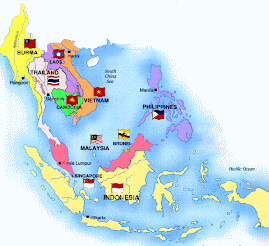Announcement from Dr Stephen Joseph...
"Following the success of the first training course the Biochar and Green Agriculture Centre of Nanjing Agriculture University in Collaboration with the University of Newcastle of Australia and the University of NSW is announcing a second course to be held in October 2013. China now leads the world in the commercial production of both biochar and biochar technology. It has pioneered the development of combine NPK biochar granulated fertilizers.
Participants meet with village women during field trip to look at biochar field trials
This will be an opportunity to not only meet some of China’s leading experts but also biochar researchers and practitioners from other regions. Participants will be able to view commercial businesses producing biochar, energy and biochar NPK fertilizers as well as run small and medium scale biochar plant at the University.
The aims of this training course are;
1) To provide a world wide overview of the biochar industry, research and development and policy setting.
2) To provide an overview of what is known and what is not known about;
a) properties of biochars and wood vinegar as a function of feedstock, process conditions and technology and
b) crop responses of different biochars, biochar/NPK mixes and enhanced biochars, incorporated at different application rates and different pre and post treatments in different eco-systems.
2) To provide an understanding of the principles and practice of pyrolysis and biochar production and application.
3) To provide tools that allows participants to develop enhanced biochars to match local soil requirements and meet plant nutrient needs.
4) To explore the use of biochar in land remediation, waste management and animal health
5) To provide a framework that allows the development and implementation of sustainable and self sustaining biochar projects and/or establish biochar businesses
6) To provide an interactive environment where participants can exchange information and experiences.
1. Location: Nanjing Agricultural University, Nanjing, Jiangsu, China
2. Dates: 9th October 2013
3. Duration and Format: Duration is 7 days....."
Hopefully, you can access the file attachment that further details this announcement from the following link:
http://tech.groups.yahoo.com/group/biochar/messages/14403?xm=1&m=e&l=1









